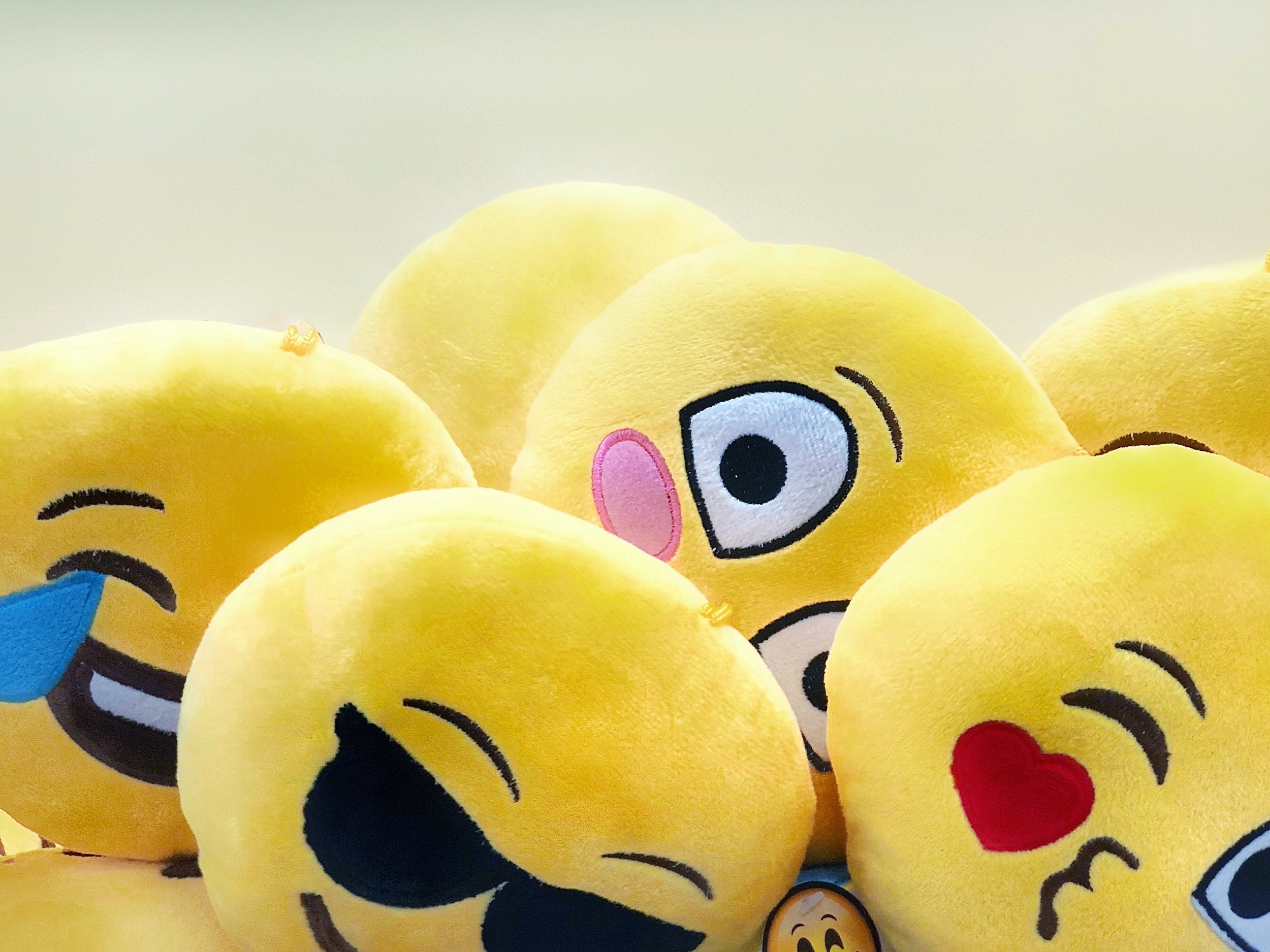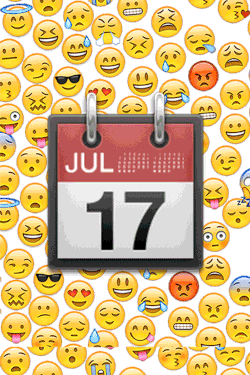Can you imagine life without emojis? Maybe a decade ago, it was much harder to imagine life WITH emojis, but now it has become a common part of our daily communication! According to Apple’s Differential Privacy published in 2017, the top 3 most-used emojis in the States are 😂, ❤️, and 😭 — with the first one a clear favourite.
The Top 10 Most-Used Emojis in the United States
Vancouver Courier has just published a post today listing out the top 10 emojis that would best represent Vancouver. So how do these expressions fit in with other cultures, such as the Chinese community? Since it’s World Emoji Day, we want to celebrate by looking at the most popular emojis on Chinese social networks: Weibo and WeChat!
1. The Facepalm
The emojis might look different, but the emotions are universal. One of the most-used emojis on both Weibo and WeChat is the facepalm emoji, which is basically an upgrade version of the crying-laughing face. This emoji is a combination of the subtleness in Chinese culture and the implicit sense of humour at its finest — perfect for situations where you’re either extremely embarrassed or overwhelmingly dumbfounded.
2. The Shiba Inu
Another popular Weibo emoji comes from the doge meme that went viral in 2013, which was later named “Top Meme of the Year”. (Random fact: There was even a cryptocurrency, Dogecoin, based on the meme, and there was a Dogecoin convention in Vancouver this past June.) Chinese Millennials and Gen Z have become absolutely obsessed with using this emoji, so much so that you can’t even scroll down to the bottom of your Weibo homepage feed without seeing it at least several times. It expresses doubt or sarcasm with a touch of playfulness — just enough to hide the user’s true intentions to avoid serious confrontation. It’s even widely used by brands and official government accounts to gain more engagement and show their followers how competent they are at the game of social media.
3. The Shrug
Next on the list is an adaptation of the shrug emoji — with smaller dimensions, simplified facial features, and more exaggerated gesture — best used to let others know with a dramatic tone that you really don’t care about something.
4. The Peace Sign
Entering its seventh year, WeChat has become more of a professional communications tool where most etiquettes in workplaces also apply. People know most of their WeChat contacts in real life — whereas on Weibo, they most likely have never met the person they engage with. That’s why there are various WeChat emojis designed to make communications a little easier, much like this “peace sign” emoji below. Asians are well-known for putting up the two fingers, especially when getting their photos taken, so it comes as no surprise that WeChat designed an emoji specifically for that. Now, users can express joy and satisfaction in the cutest way possible.
5. The Smiley Face
Finally, the most important emoji of all is the one and only smiley face. This common original emoji has been used so much by WeChat users that it’s now morphed into something completely different than the original emotion it was designed for. When sent, it’s mostly used to convey that the person is annoyed, irritated, or even disgusted. In other words, you don’t want to be on the receiving end of this emoji when on Chinese social media platforms!
There you have it. Your Chinese friends will need to be careful when texting you next time, considering you have now cracked the ultimate social media code when it comes to emojis. Text away!
Stay tuned as we share more insights from the Asian Community and Chinese social trends on our #SpotOn blog, and make sure to follow us on our Facebook, Instagram, or Twitter!












